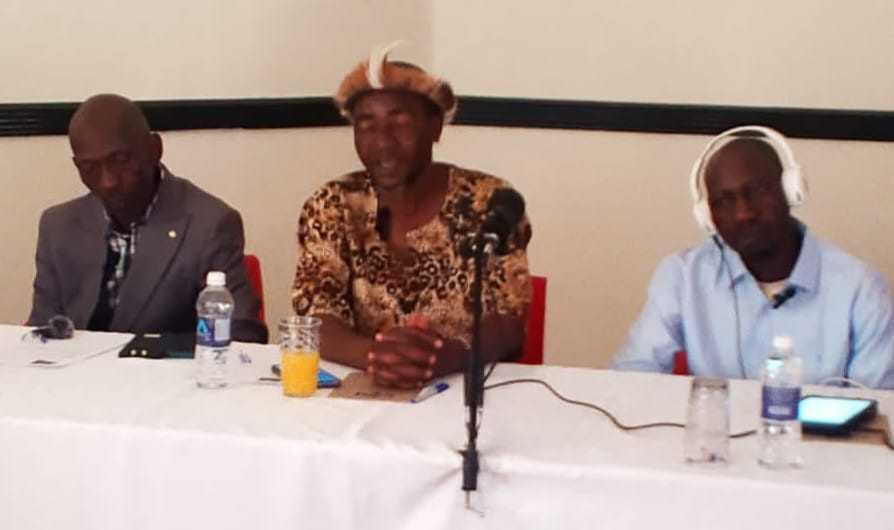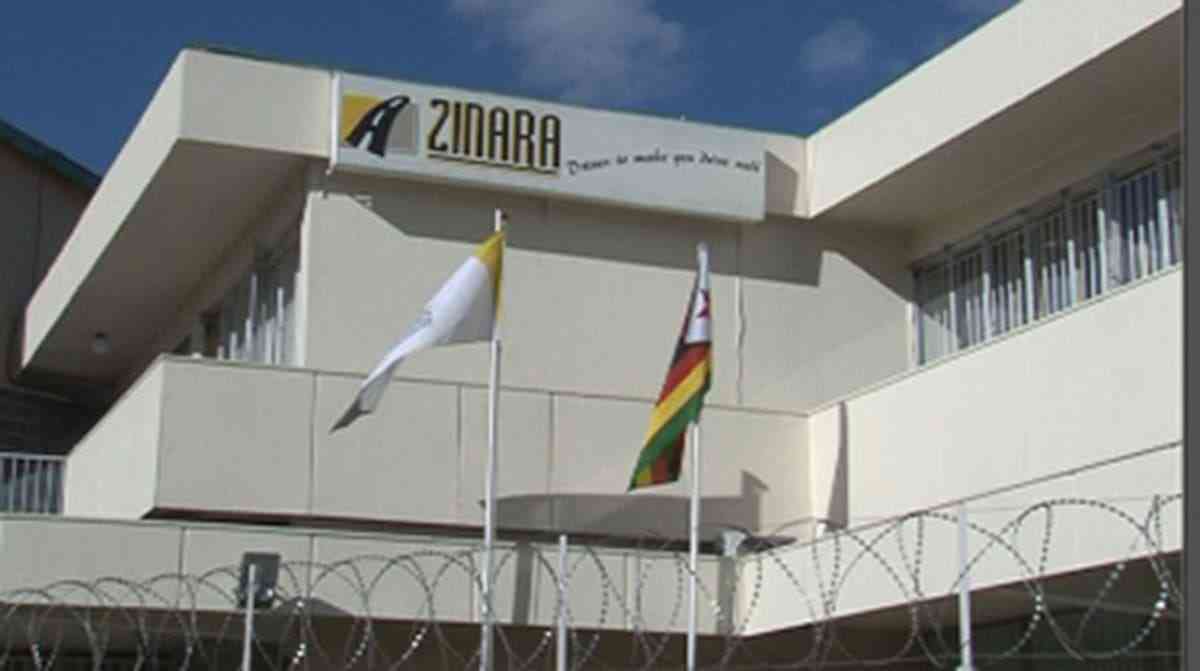
BY NQOBILE BHEBHE
Sithabile Mathe, a widow and guardian of four grandchildren, can barely afford three meals a day let alone a single balanced one for her small family.
Mathe’s grandchildren are aged between 10 and 14 years, but appear not fully grown for their age.
The old woman from Umguza in Matabeleland North says their diet is rigid as they often have isitshwala (thick porridge) with beans and dried vegetables.
“I cannot recall when we last had a decent meal with beef,” Mathe said.
“Life has been tough since Covid-19 started.
“Relatives, who used to send food stopped, leaving me to struggle to feed my grandchildren.”
Reports by non-governmental organisations show that malnutrition levels in Matabeleland North, one of the poorest and most vulnerable provinces, is pegged at 5,5 % for infants between six and 59 months.
- Chamisa under fire over US$120K donation
- Mavhunga puts DeMbare into Chibuku quarterfinals
- Pension funds bet on Cabora Bassa oilfields
- Councils defy govt fire tender directive
Keep Reading
The province also has the highest proportion of households consuming poor diets at 44%.
Official government statistics show that as of October 13 at least 3 586 households had benefited from government Covid-19 cash transfer funds, but the resurgent pandemic has not helped matters.
In its latest report, the Zimbabwe Vulnerability Assessment Committee (ZimVac) says 35% of households sampled in the province are “consuming diets with low dietary diversity.”
About 53,4% have medium acceptable diversity of food and just 11,6% have accessible variations.
Due to drought, aggravated by the Covid-19 pandemic, most provincial dwellers are suffering from acute food shortages and are in need of aid.
Jacob Ngwenya, a community leader at Thokozani Line in Umguza district, said the pandemic had changed the eating habits of most villagers due to worsening poverty levels.
“It’s rare to have a homestead that has three meals a day. Normally it’s two but of similar poor diet. Our health is deteriorating,” he said.
Ngwenya attributed the poor diets to lack of money resulting largely from dwindling remittances from the diaspora since the first quarter of the year.
“Most of us here were dependent on children in South Africa,” he said.
“Due to Covid-19, funds dried up. They no longer regularly send money and food items.”
Fish, pumpkins, eggs and potatoes are a distant memory for Ngwenya.
Based on the ZimVac report, household dietary diversity is defined as the number of unique foods consumed by household members over a given period but does not indicate the quantity of food consumed.
“The consumption of oil, meat and legumes has dropped indicating a worsening food access and food diversity challenge,” says the report, adding that lack of most of the essential food elements could result in negative nutrition and health outcomes.
Mathe said the health of her grandchildren and their age mates in the community was deteriorating.
“Before lockdown they used to be fed at school by donors and appeared healthy, it has all changed,” she said.
“Having the same food daily is not good for their growth.
“It’s always isitshwala, beans and other grains. We have no variety as we cannot afford.”
ZimVac findings on households consuming food rich in iron paint a grim picture as 77% indicated to have never taken such foods, 20% consumed between one and six days while 3% did consume for seven days.
The trend is the same for protein rich foods, 48% (never consumed), 42% (consumed one to six days) and 10% consumed by day seven.
The low levels of consumption of healthy food come amid indications that a handful of vulnerable communities are accessing government assistance.
Finance minister Mthuli Ncube in his 2021 budget projections said only 3 586 households were currently receiving Covid-19 cash transfers.
The province has an estimated population of slightly above 700 000 of the 2012 census.
A total of $707 692 in local currency had been spent in the province to mitigate the pandemic effects in the province, Ncube highlighted.
However, the government is working on increasing the number of beneficiaries and amounts received, the budget statement notes.
“To cushion the vulnerable members of society, government allocated $2,4 billion for Covid-19 cash transfers,” Ncube said.
“The identification of beneficiaries is ongoing and it is expected that the number will significantly increase.
“So far, over 202 077 beneficiaries are in the database and already receiving allowances.”
The government is currently paying vulnerable people $300 in monthly allowances per household and Treasury has disbursed $98 million through the Ministry of Public Service, Labour and Social Welfare towards vulnerable households.
ZimVac findings indicated that at 62,3%, Matabeleland North is projected to have the highest proportion of households facing cereal insecurity during the peak hunger season of 2020/21.
Mathe said urgent food interventions are needed to boost their diets. “We really need to eat better food to boost our immune systems especially children,” he said.
“Covid-19 is real and is affecting our health.” Umguza is ranked among the top 30 districts with cereal insecurity at 66,5%.”
l This article was originally published by The Citizen Bulletin, non-profit hyperlocal news outlet serving audiences in and around Matabeleland.











